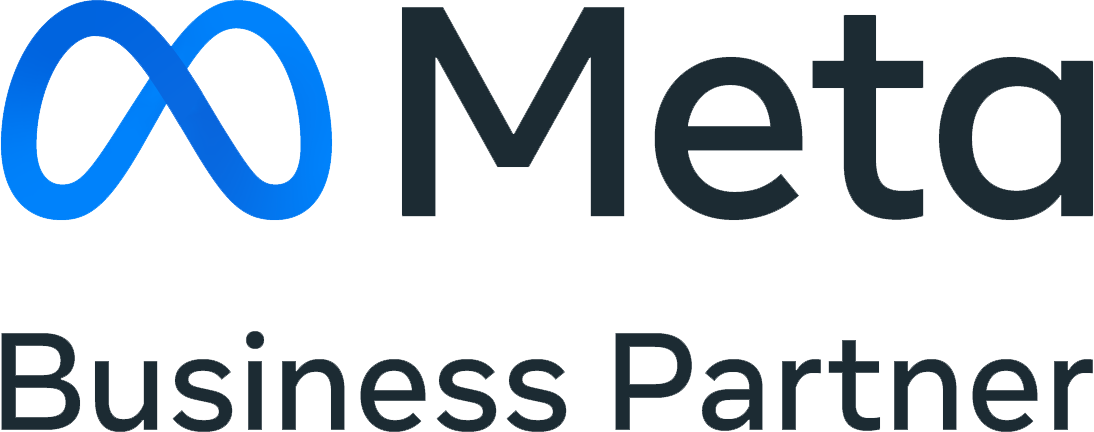
Gone are the days when video’s primary value proposition was to generate passive awareness, with reach & frequency as the primary measures of perceived “success.” At the 2025 IAB Video Leadership Summit, it was collectively agreed that, while these metrics were still recognized as valuable tools for informing upper-funnel media delivery, the days of R&F as viable indicators of media performance (aka KPIs) are numbered. Increasingly, advertisers are using measurable business outcomes to guide both video planning and performance evaluation, regardless of where it falls within the funnel. The conversation across brands, agencies, publishers, and platforms reflected this shift toward outcome-driven measurement and strategies.
From Awareness to Accountability
Today, brands expect their video investments to drive meaningful business results. Whether these results are gauged via store visits, online conversions, sales lift, or brand equity impact, reach alone is no longer sufficient. This shift is reflected in the IAB’s 2025 Video Ad Spend Report, which found that the top reason advertisers reduce spending on a streaming platform is poor business outcome delivery.
Yet while the expectations are clear, there’s no universal playbook – at least not yet. That’s where the summit proved especially valuable. The event fostered rare and candid collaboration between the buyer’s side (agencies and brands) and the seller’s side (publishers and tech platforms). Through panels and group workshops, attendees worked together to define the tools, standards, and signals needed to better connect video, in all its forms, to bottom-line results.
Building the Bridge: Collaboration, Transparency, & Standardization
One core theme at the summit was the need for transparency across the advertising ecosystem. Sellers need to understand how their media is being evaluated, and buyers need to share not just demands, but context. A clear takeaway was the importance of showing value before requesting deeper data. Collaborative measurement approaches, such as using clean rooms and real-time outcome data sharing, are gaining traction as a way forward on this front.
In addition, the group identified standardization as critical for scalability. Without consistent KPIs or reliable attribution methodologies, even the most innovative platforms can struggle to prove their worth. By embracing holistic data views, while letting go of outdated attribution models (like last click), we can begin focusing on how to open and unify the loop rather than merely close it.
In short, to be truly effective, an outcome-based media approach requires a shared framework across stakeholders. Data must flow in both directions – from advertiser to agency to platform partner, and back again – to enable comprehensive and accurately representative attribution. This bidirectional flow also supports optimization and accountability across all channels.
AI Is a Copilot, Not the Driver
Artificial intelligence was another hot topic discussed at the summit. While 86% of buyers are already using or planning to use GenAI for video creative, per the IAB, the consensus was clear: AI will be part of the solution but needs thoughtful implementation. From audience targeting to content optimization, AI can dramatically reduce manual effort. Still, concerns around bias, transparency, and inconsistent workflows remain.
Attendees discussed the importance of making clients feel safe with AI by demystifying how it’s used, especially as legal and brand safety considerations evolve. AI agents, for example, may vary widely in how proactive or reactive they are, making it essential to reset expectations around how AI will fit into inventory buying and measurement.
The Road Ahead
The summit made it evident: outcome-based video isn’t optional; it’s the new standard. Advertisers want personalized reach, deeper insights, and scalable strategies that tie video investment to tangible business growth. Whether this means targeting specific moments, like cooking scenes for culinary brands, enabling shoppable video experiences, or leveraging outcome data flow through tools like CAPI, the innovation is here. Now the challenge is impactful, measurable implementation and alignment.
As one participant put it, “Show value first, then ask for the data.” By embracing transparency, collaboration, and AI-guided innovation, we can showcase video’s value more effectively. With true outcome-driven planning and measurement, our industry can finally shift from paper maps to a true GPS for video strategy.
For more information, visit harmelin.com, or connect with us on LinkedIn or Facebook.





